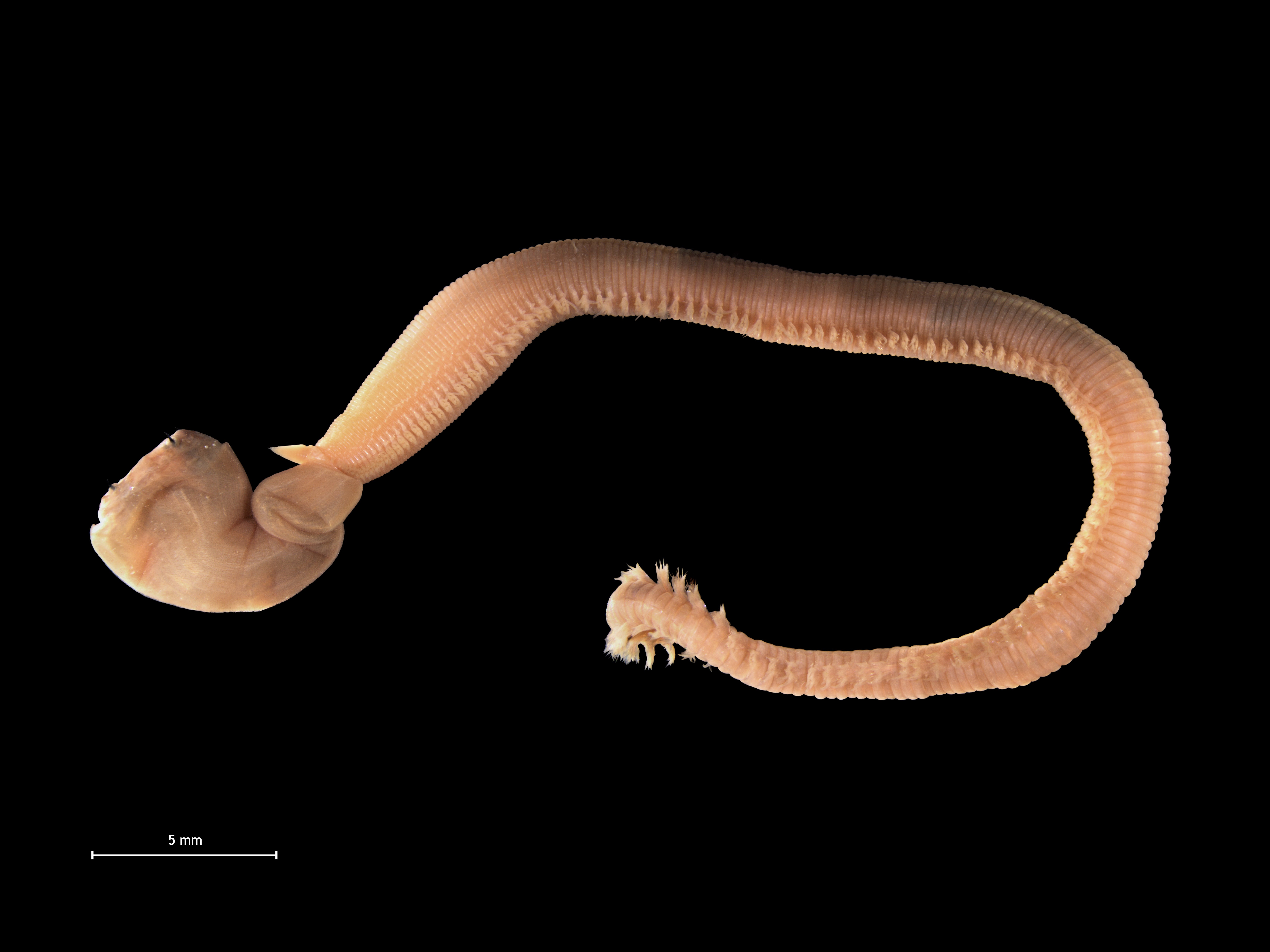How ‘ill-tempered’ bloodworms got their mysterious copper fangs
High concentrations of copper mean these carnivorous animals’ teeth closely resemble ‘manufactured metal’

Bloodworms are curious creatures: they live on the seabed in shallow waters and are one of the world’s only venomous worm species.
When they attack their prey – mostly small crustaceans – they shoot out a slimy proboscis with four fang-like teeth which can deliver paralysing venom, and the bite is said to feel similar to a bee or wasp sting to humans.
But the four-fanged carnivores’ method of predation is not the only thing which mark out bloodworms. Their teeth themselves are also highly unusual, containing the greatest concentrations of copper found anywhere in the animal kingdom.
As a result, they are armed with teeth more closely resembling "manufactured metals" than any other species, making them formidable predators capable of biting through the hard exoskeletons of shellfish.
Now, scientists have understood the process through which bloodworms harvest and make use of the copper found in their unique jaws.
Researchers at the University of California said that because the worms only form their jaws once, they need to be strong and tough enough to last the entirety of the animal’s five-year lifespan – hence the need for the copper.
Herbert Waite, who has been studying bloodworms for 20 years, said it was only recently his team were able to observe the chemical process that forms these terrifying teeth from start to finish.
The complex chemistry means that the worms ultimately synthesise a material that, if created in a lab, "would be a complicated process involving many different apparatuses, solvents, and temperatures", the scientists said.

The worms, which can grow up to 35cm long, begin with a protein-based "precursor" fluid, which attracts copper harvested from marine sediments. This is then concentrated into a viscous, protein-rich liquid high in copper.
The protein then uses the copper as a catalyst in a bodily reaction that converts an amino acid derivative called DOPA, into melanin, a polymer that combined with protein, gives the jaw properties "that resemble manufactured metals".
“We never expected protein with such a simple composition, that is, mostly glycine and histidine, to perform this many functions and unrelated activities,” said Dr Waite.
The worms are also not afraid to turn their four-fanged probosci on one another.
“These are very disagreeable worms in that they are ill-tempered and easily provoked,” said Dr Waite.
“When they encounter another worm, they usually fight using their copper jaws as weapons.”
The research is published in the journal Matter.
Join our commenting forum
Join thought-provoking conversations, follow other Independent readers and see their replies
0Comments